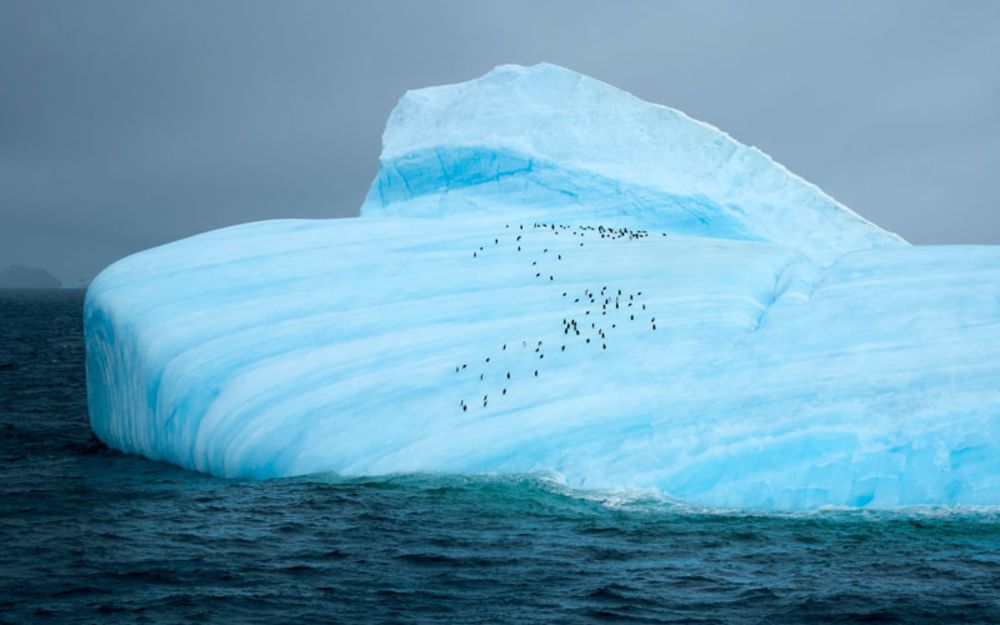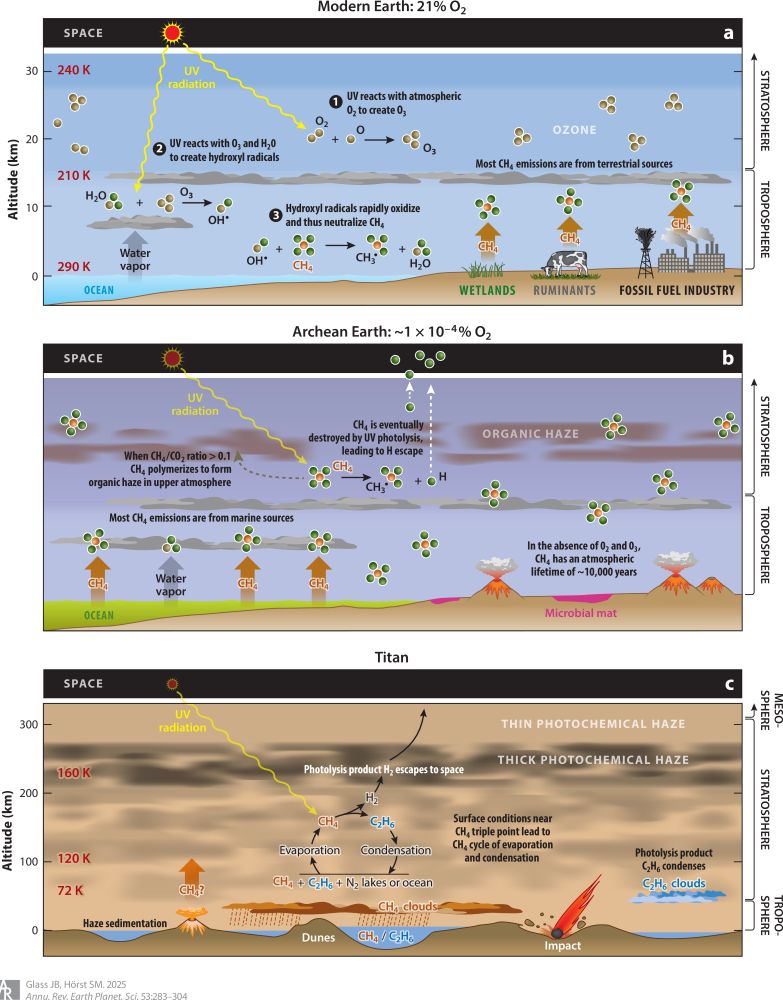Participate in the mineral cup. Good opportunity to learn about new minerals!
16.09.2025 03:43 — 👍 1 🔁 0 💬 0 📌 0
It has to be the V-containing mineral! The new gold 😀
16.09.2025 03:42 — 👍 1 🔁 0 💬 0 📌 0
Researchers have been sneaking secret messages into their papers in an effort to trick AI tools into giving them a positive peer-review report
Read the full story: www.nature.com/articles/d41...
15.07.2025 13:48 — 👍 308 🔁 117 💬 37 📌 82

Study Reveals how Deep Ocean Currents Shape Microbial Life across South Pacific
A groundbreaking study in the journal Science, has unveiled how deep ocean currents—known as global overturning circulation—play a pivotal role in shaping the diversity and function of microbial life ...
🌊 ↪️↩️ Deep ocean currents play a pivotal role in shaping the diversity and function of microbial life across the South Pacific Ocean, according to a groundbreaking study led by @jcvi.org and Scripps Oceanography scientists. More on the study published by @science.org. ⬇️
15.07.2025 16:42 — 👍 38 🔁 11 💬 0 📌 0

Sandy sediment showing black sulfide patches and mass pink bloom of what must be phototrophic sulfur bacteria around decaying seaweed

Sandy sediment showing black sulfide patches and mass pink bloom of what must be phototrophic sulfur bacteria
Whilst on holiday on Isle of Harris, I came across this amazing natural Sulfur cycle laboratory.
Sulfide galore from decaying seaweed and what looks like masses of phototrophic #sulfur #bacteria in pink patches on the sediment surface that exploit the H2S.
Amazing 🤩
15.07.2025 22:00 — 👍 7 🔁 1 💬 0 📌 0
over a year later, this one out today!
link.springer.com/article/10.1...
16.06.2025 16:35 — 👍 35 🔁 15 💬 3 📌 0

Schematics of atmospheric CH4 cycling on (a) modern Earth, (b) Archean Earth, and (c) Titan. (a) On modern Earth (20% O2), CH4 emissions originate primarily from wetlands, ruminants, and the fossil fuel industry. Methane is oxidized chemically in the troposphere by hydroxyl radicals (OH), with an average lifetime of 10 years. Hydroxyl radicals originate from reactions between ozone (O3), UV radiation (<320 nm), and H2O vapor. The O3 layer originates from reactions between UV radiation and O2. (b) On the Archean Earth (<0.0001% O2), in the absence of O3 and O2, CH4 would have had a much longer atmospheric lifetime (∼10,000 years), with eventual destruction by UV photolysis, leading to H escape and/or, when CH4/CO2 was greater than 0.1, polymerization to yield organic haze in the upper atmosphere. (c) On Titan, with temperatures near the CH4 triple point, there is a CH4 cycle of evaporation, photolysis to yield ethane (C2H6) and H2 (lost to space), and condensation of C2H6, whereupon it participates in surface processes.
Review of methane through space and time, coauthored with @planetdr.bsky.social, is out (OA) in @annualreviews.bsky.social.
Hopefully a helpful resource for community and courses. www.annualreviews.org/content/jour...
02.06.2025 13:17 — 👍 49 🔁 19 💬 1 📌 3
We are alive! Just busy taking care of some difficult microorganisms and developing some new methods. Results are coming!
26.01.2025 02:25 — 👍 3 🔁 0 💬 0 📌 0








